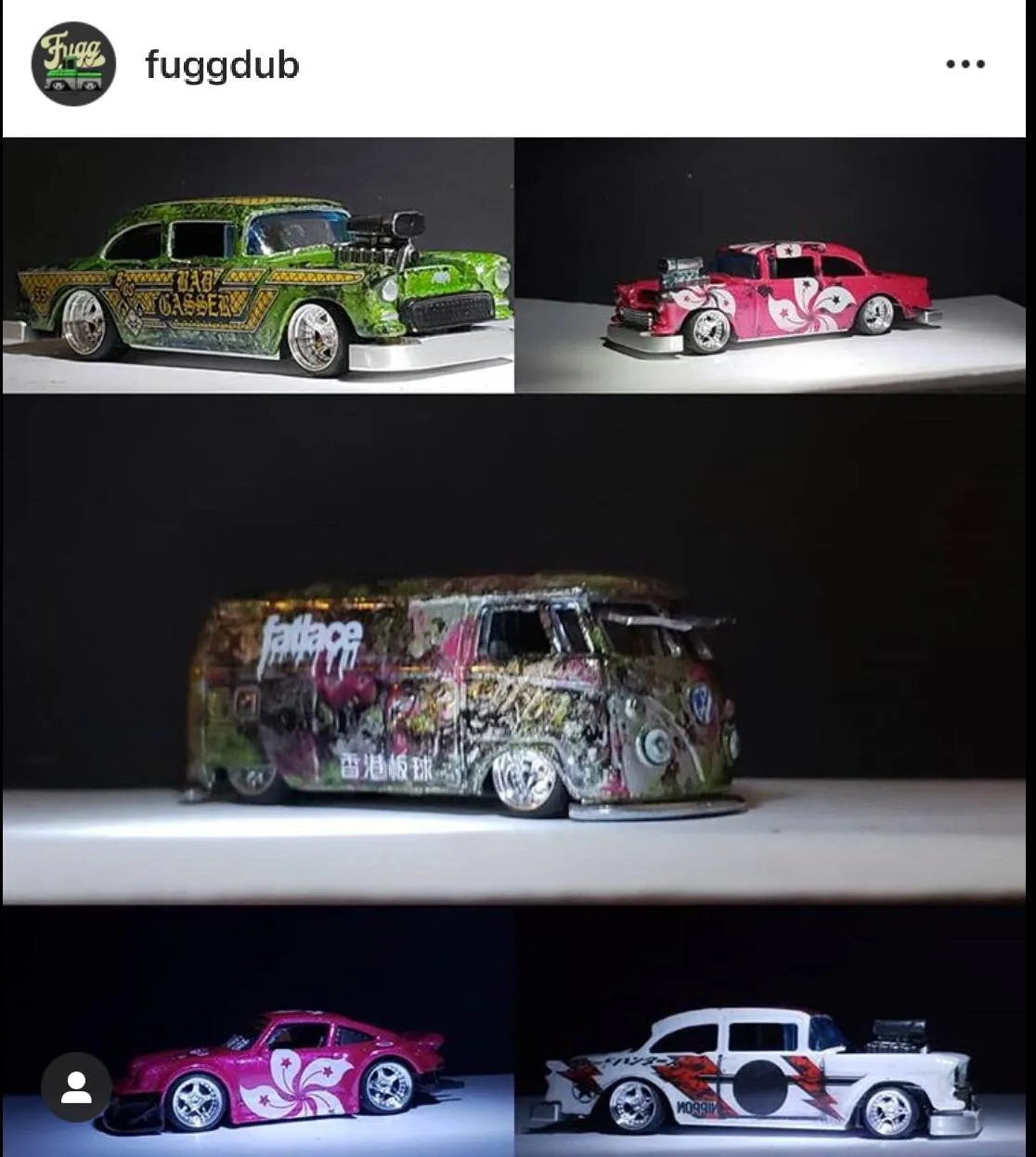What is Diecast Mobil Custom
Diecast mobil custom is the art of modifying and personalizing miniature diecast model cars to create unique and bespoke collectibles. This involves altering the original factory-produced models through a variety of techniques, including painting, detailing, adding custom parts, and even complete overhauls. It allows enthusiasts to express their creativity, replicate real-life vehicles, or create entirely fictional designs. The hobby is popular among car enthusiasts, model collectors, and anyone who enjoys working with their hands and creating something unique. The customization process transforms mass-produced toys into personalized pieces of art, reflecting the owner’s individual taste and passion for cars.
The Appeal of Custom Diecast Mobil
The appeal of custom diecast mobil stems from a blend of factors, including the joy of creation, the thrill of collecting unique items, and the connection to the automotive world. For many, the process of customizing is therapeutic and rewarding, offering a creative outlet to express their artistic skills. The ability to design and build a model from scratch, or even replicate a specific car, is a source of immense satisfaction. Collecting custom models is also very appealing, as each piece is unique and often represents a significant investment of time and effort. Moreover, custom diecast mobil allows enthusiasts to celebrate their passion for cars, whether it’s a specific make, model, or racing team. It is a way to own a miniature version of a dream car, and these miniatures can be displayed to share their interests with like-minded individuals.
Tools and Materials for Diecast Mobil Customization
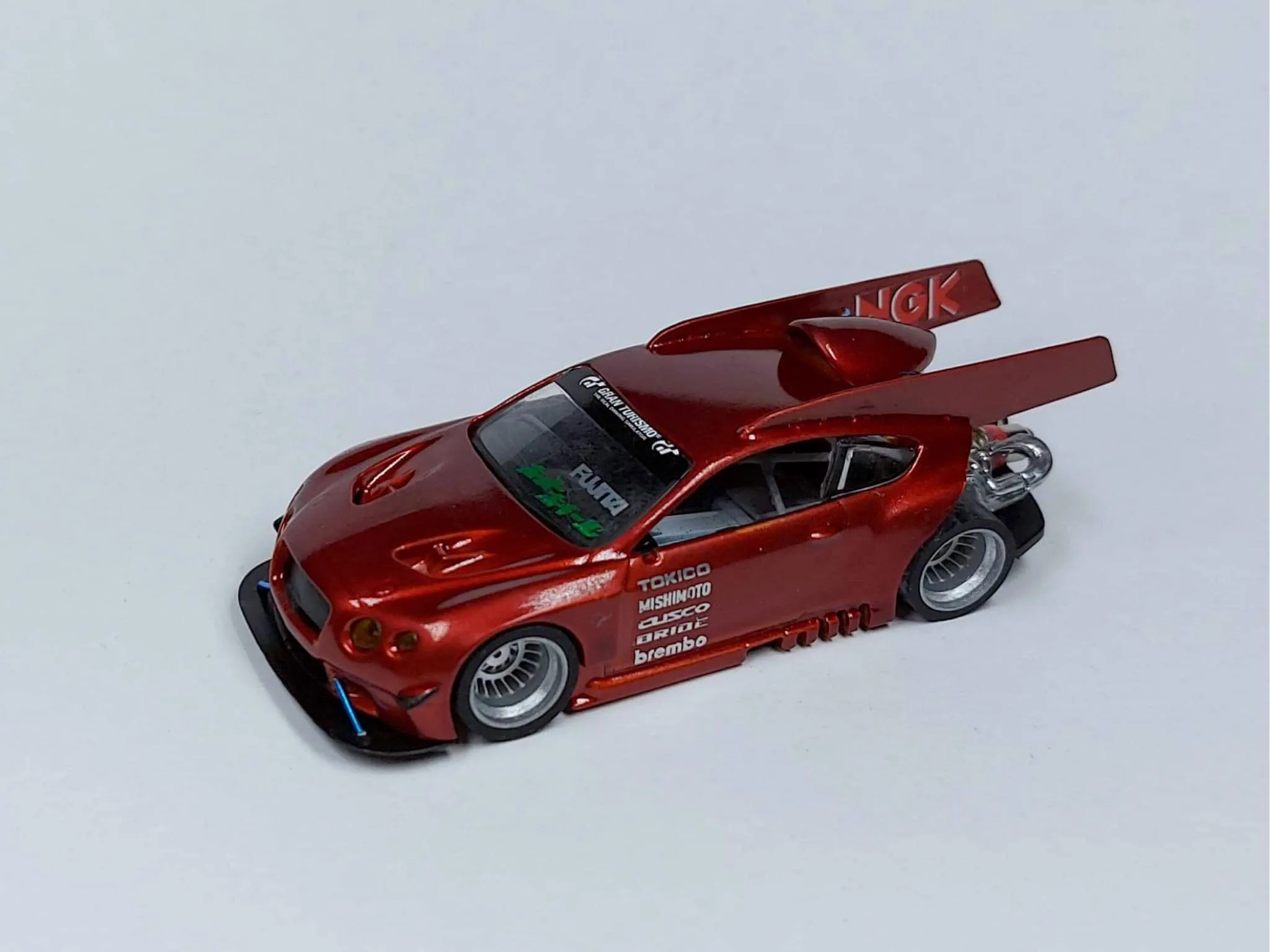
Customizing diecast mobil requires a selection of specialized tools and materials. The right equipment can make the process more efficient and produce better results. It’s important to choose high-quality products and to be familiar with how they are used. The type of customization you want to perform will also influence what you need. Here’s a breakdown of the essential tools and materials.
Essential Tools You’ll Need
A well-equipped workspace is critical for a successful customization project. This includes tools for disassembly, painting, detailing, and assembly. Precision screwdrivers, hobby knives, and pliers are essential for taking the model apart. An airbrush or spray cans are used for painting, while detail brushes and fine-tipped applicators are needed for intricate work. Other important tools include a cutting mat, a sanding block, and a variety of clamps to hold the parts together. A well-lit and ventilated workspace is also a must, along with a magnifying glass to make fine details easier to see and paint.
Choosing the Right Paints and Finishes
Selecting the right paints and finishes is key to achieving a professional-looking custom diecast mobil. Acrylic paints are the most popular choice because they are easy to work with, dry quickly, and clean up with water. Enamel paints offer more durability and a glossy finish, but they take longer to dry and require the use of solvents. Primer is used to prepare the surface and ensure that the paint adheres properly. Clear coats add a protective layer and enhance the finish. When choosing paint, consider the color, finish, and durability that you desire for your model. Always test the paints on a sample surface before applying them to the diecast model to ensure that they produce the desired result.
Step-by-Step Guide to Customizing Your Diecast Mobil
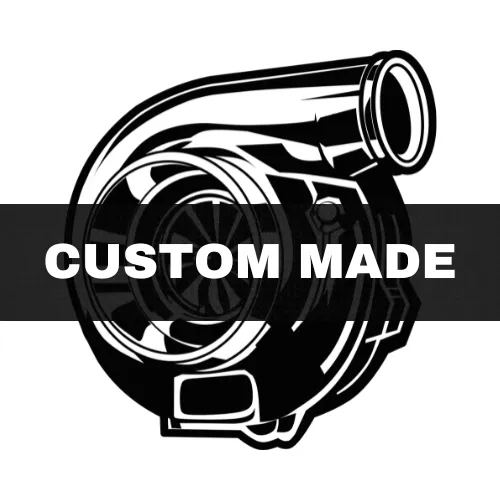
Customizing a diecast mobil can seem daunting at first, but by following a clear, step-by-step approach, you can achieve impressive results. The process involves several stages, from disassembling the model to adding the final details. Patience, attention to detail, and a well-organized workspace are essential. Before starting, gather all your tools and materials and ensure you have a well-lit, ventilated area to work in.
Disassembly and Preparation
The first step is to carefully disassemble the diecast mobil. Use the appropriate screwdrivers to remove screws, and gently pry apart any glued parts. Take photos before disassembling to help with reassembly later. Once disassembled, clean the parts thoroughly to remove any dirt, grease, or factory coatings. Use a mild detergent and warm water. Remove any existing paint using paint thinner or a specialized paint stripper. Prepare the surface for painting by lightly sanding it to ensure good adhesion. Priming is also essential to create a smooth, even surface that the paint can adhere to.
Painting and Detailing Techniques
Painting is a critical step in the customization process. Airbrushing is the preferred method for achieving a smooth, professional finish, but spray cans can be used as well. Apply thin, even coats of paint, allowing each coat to dry before applying the next. Once the base coat is dry, you can add details using fine-tipped brushes or detail pens. These details can include stripes, logos, and other intricate designs. Use masking tape to create sharp lines between different colors. After the paint has dried completely, apply a clear coat to protect the paint and give the model a glossy finish.
Assembly and Finishing Touches
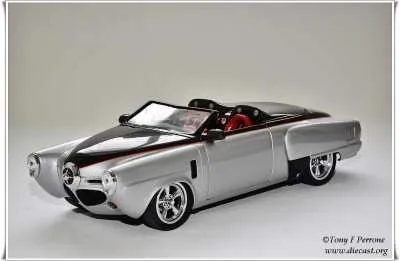
After the paint has dried and the details have been added, it’s time to reassemble the model. Refer to your photos to make sure you put all the parts back in the correct order. Be careful not to scratch the paint while reassembling. Use super glue or model cement to secure any parts that require gluing. Once the model is reassembled, you can add any final finishing touches, such as weathering effects or decals. Make sure to clean up any excess glue. After the final details are done, your custom diecast mobil is ready to be displayed or added to your collection.
Advanced Customization Techniques
Once you’ve mastered the basics, you can explore more advanced customization techniques to take your models to the next level. These techniques require more skill and specialized tools, but they can create truly unique and impressive results.
Adding Custom Decals and Graphics
Adding custom decals and graphics is a great way to personalize your diecast mobil and replicate real-life cars. Decals can be purchased online or custom-printed. You can also create your own decals using decal paper and a printer. Applying decals requires careful preparation of the surface and the use of decal setting solutions to ensure that the decals conform to the curves of the model. Apply a clear coat over the decals to protect them and blend them seamlessly into the finish.
Modifying Wheels and Suspension
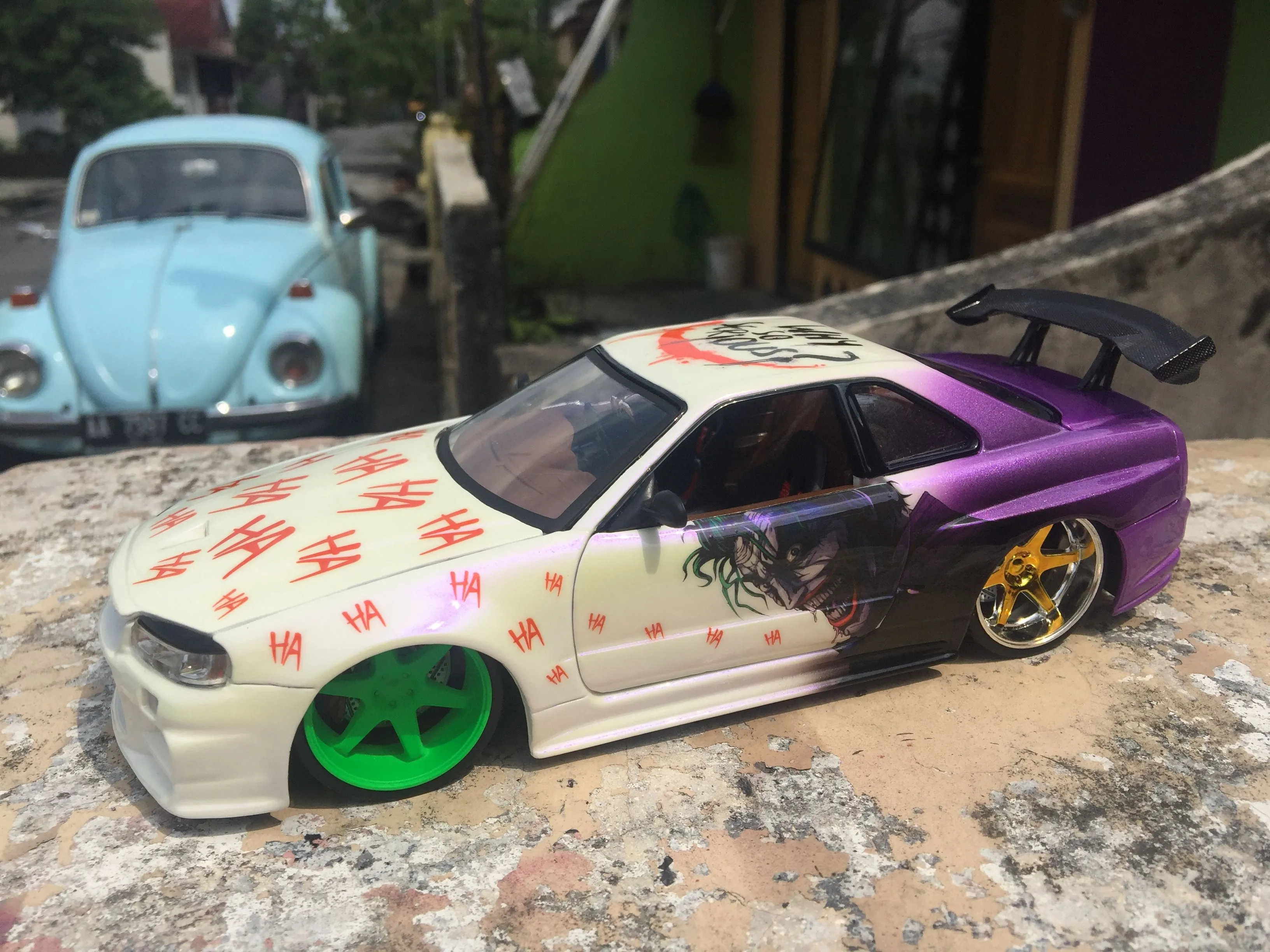
Modifying the wheels and suspension can drastically change the look and performance of your diecast mobil. This can involve replacing the wheels with custom wheels, lowering the suspension, or adding other modifications. Replacing wheels often requires drilling out the axles or modifying the wheel wells. Lowering the suspension can be achieved by modifying the existing suspension parts or by using aftermarket parts. These modifications can greatly enhance the realism and appeal of your models.
Where to Find Inspiration and Resources
There are numerous resources available to inspire your diecast mobil customization projects and help you learn new techniques. From online communities to books, the information and inspiration you need are readily available.
Online Communities and Forums
Online communities and forums are excellent places to connect with other enthusiasts, share your work, and get advice. Websites like Scale Model World, and online forums dedicated to diecast mobil customization, offer a platform to display your models, ask questions, and learn from experienced customizers. These communities often have extensive galleries of custom models, tutorials, and discussions on various techniques. Active participation in these forums is a great way to improve your skills and find inspiration for new projects.
Books and Guides for Diecast Mobil Customization
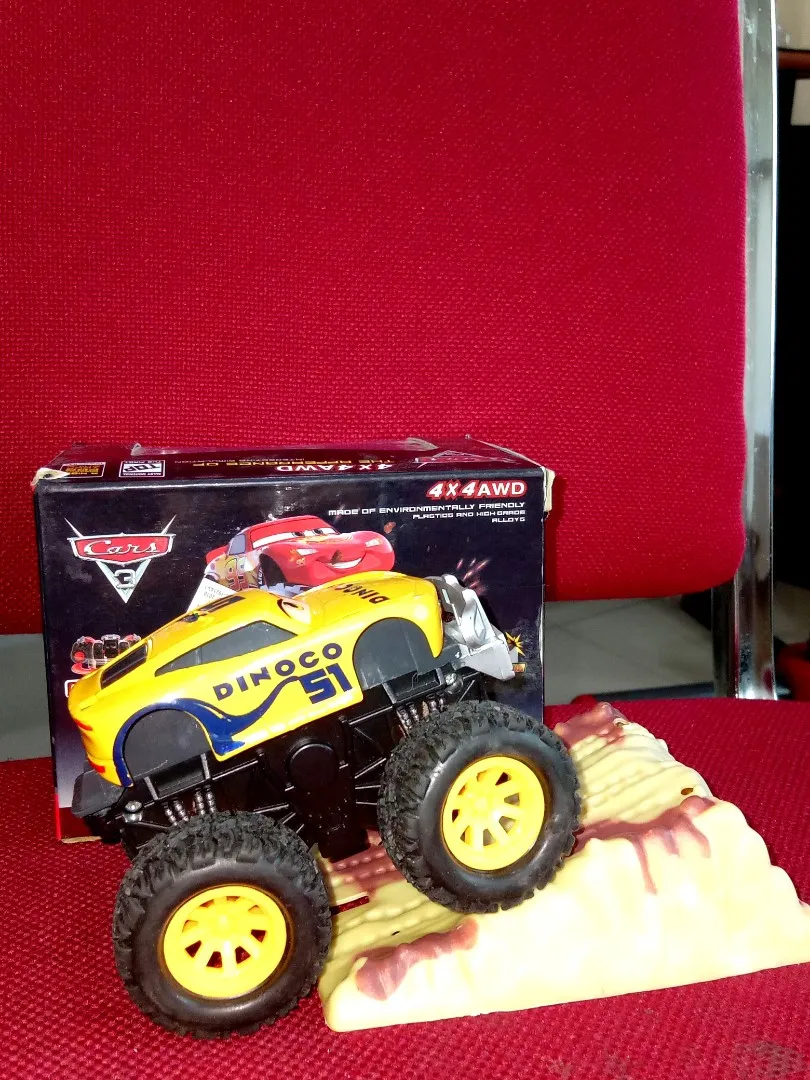
Several books and guides provide in-depth information on diecast mobil customization. These resources cover everything from basic techniques to advanced skills. Some guides focus on specific areas, such as painting, detailing, or weathering. These books often include detailed instructions, step-by-step guides, and helpful tips from experienced customizers. They are a valuable resource for anyone looking to improve their skills and learn new techniques.
Maintaining and Displaying Your Custom Diecast Mobil
After investing time and effort in customizing your diecast mobil, it is important to maintain them properly to ensure their longevity and preserve their beauty. Proper display techniques will also help showcase your collection effectively.
Cleaning and Protecting Your Collection
To keep your custom diecast mobil in top condition, regular cleaning and proper storage are essential. Use a soft brush or cloth to remove dust and debris. Avoid using harsh chemicals or abrasive cleaners, which can damage the paint and details. Store your models in a dust-free environment, away from direct sunlight, to prevent fading and discoloration. Consider using display cases or cabinets to protect them from dust and accidental damage.
Displaying Your Models Effectively

Proper display can significantly enhance the presentation of your custom diecast mobil collection. Consider using display cases, shelves, or shadow boxes to showcase your models. Organize your collection by make, model, or theme. Use lighting to highlight the details of your models. Provide informative labels to describe each model and its customization details. Experiment with different display arrangements to create a visually appealing and informative presentation of your custom creations.
